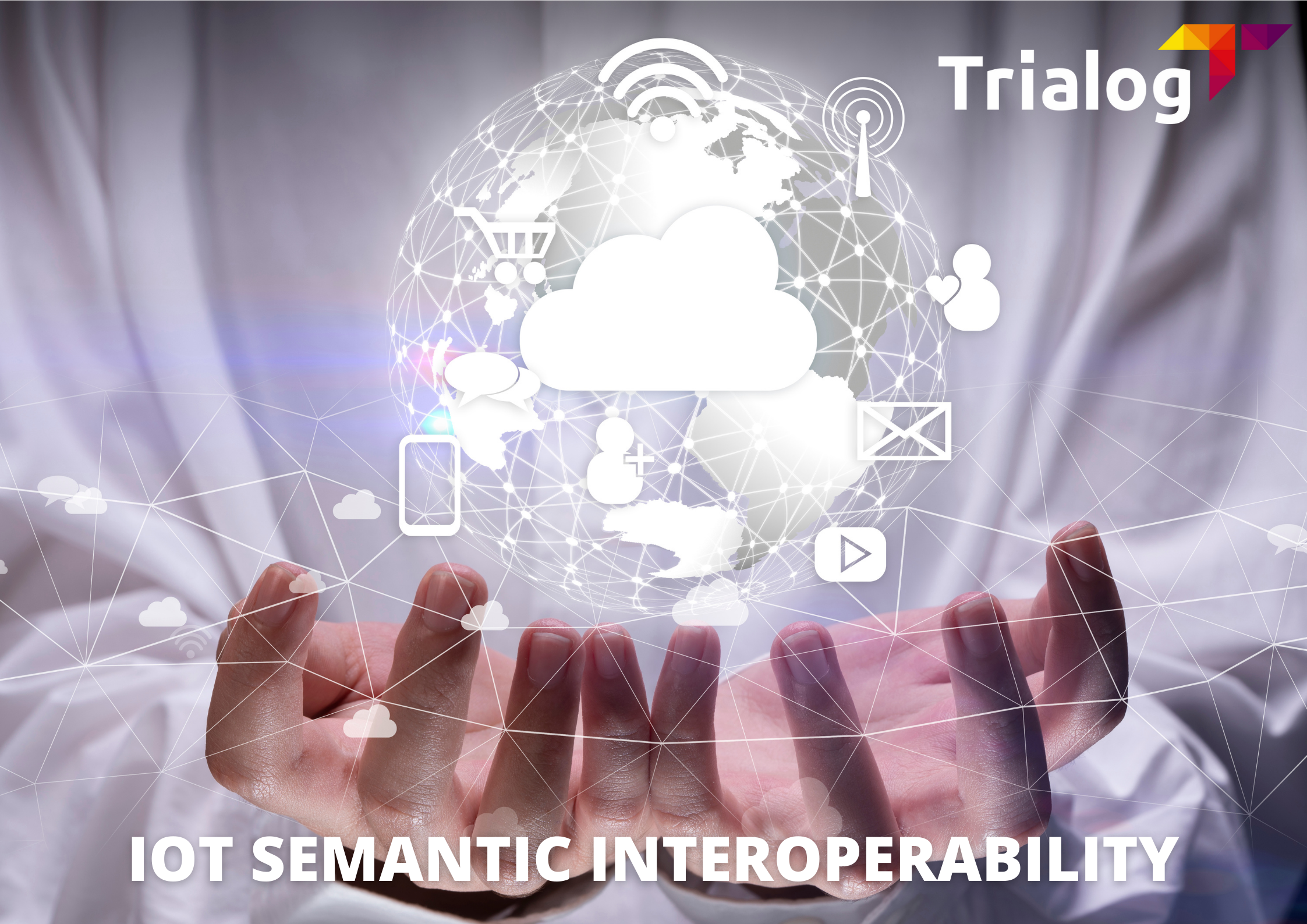This article is part of Trialog blog series on IoT and Interoperability, started in September 2020 with a first article focusing on “IoT Systems and Interoperability”.
Trialog’s vision is that modern cities are becoming “green and sustainable” once effective and optimized energy management of resources, gathering, and integration of data from smart energy and building are executed. The integration of heterogeneous technologies, and devices, require an interoperable solution to describe devices and data exchanged.
According to ISO/IEC 21823-3 “Interoperability for IoT systems – Part 3: Semantic interoperability”, which has been co-edited by Trialog, Semantic interoperability is achieved when “the meaning of the data model within the context of a subject area is understood by the participating systems”.
Trialog is actively working on IoT Semantic Interoperability and related ontologies. In particular, ETSI SmartM2M SAREF is encouraged in impactful European projects such as Interconnect which is about interoperable solutions connecting smart homes, buildings, and grids, and comprises 50 partners to design interoperable smart buildings and grids.
The purpose of ETSI SmartM2M SAREF standard is to achieve interoperability among IoT projects, architectures, etc. SAREF can be extended to any IoT vertical domains such as smart buildings or energy. SAREF can be used to describe data sent through communication protocols or once that data must be processed (e.g., on the cloud, gateways, devices).
ETSI does not provide tools yet that support the SAREF ontology to avoid engineers to develop from scratch. As a consequence, Trialog has designed a SAREF-compliant sensor dictionary which also overcomes SAREF limitations. This sensor dictionary, applied to energy scenarios, is employed by a reasoner to infer meaningful knowledge from sensor data.
This solution is detailed in A. Gyrard et al. paper on “SAREF-Compliant Knowledge Discovery for Semantic Energy and Grid Interoperability”, published in IEEE World Forum on Internet of Things (WF-IoT 2021).
Several demonstrators are available online, in particular for the energy sector: Ontology-based IoT project catalog; Rule discovery; Full scenarios. The scenarios are also relevant for the Interconnect European-funded project and for future IoT-based applications.


